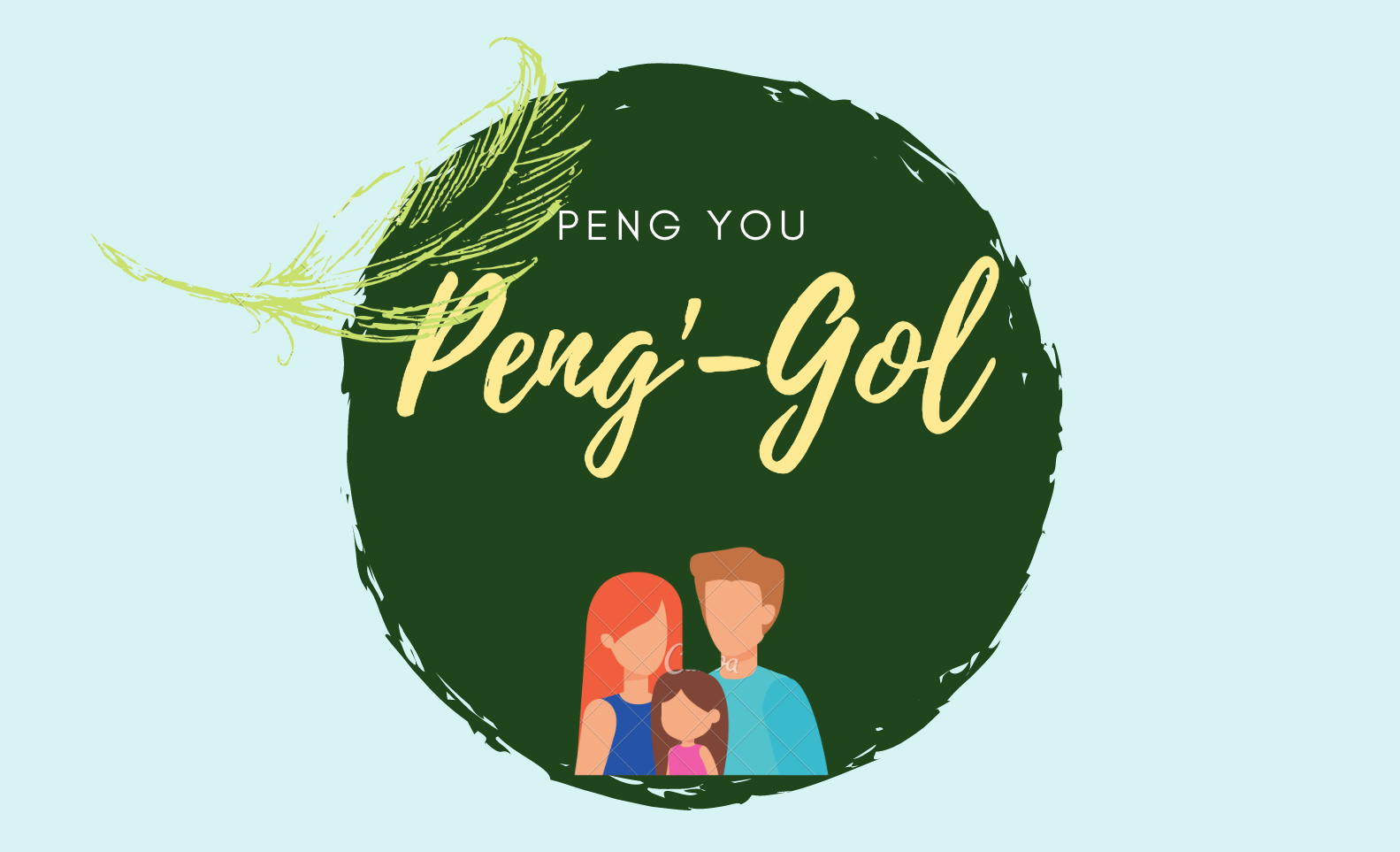Difference between revisions of "G1-Group09"
Jump to navigation
Jump to search
| (7 intermediate revisions by 3 users not shown) | |||
| Line 1: | Line 1: | ||
<center> | <center> | ||
{| style="background-color:#7FCBEB ;margin:0px 0px 0px 0px;width="100%" | | {| style="background-color:#7FCBEB ;margin:0px 0px 0px 0px;width="100%" | | ||
| − | | style="font-family:Open Sans, Arial, sans-serif; font-size:15px; text-align: center | + | | style="font-family:Open Sans, Arial, sans-serif; font-size:15px; text-align: center; border-bottom:solid #FE0000" width="200px" | |
[[G1-Group09|<font color="#000096"><strong>HOME</strong></font>]] | [[G1-Group09|<font color="#000096"><strong>HOME</strong></font>]] | ||
| − | | style="font-family:Open Sans, Arial, sans-serif; font-size:15px; text-align: center; border- | + | | style="font-family:Open Sans, Arial, sans-serif; font-size:15px; text-align: center; border-bottom:solid #BACAE8" width="200px" | |
[[G1-Group09_Proposal|<font color="#000096"><strong>PROPOSAL</strong></font>]] | [[G1-Group09_Proposal|<font color="#000096"><strong>PROPOSAL</strong></font>]] | ||
| − | | style="font-family:Open Sans, Arial, sans-serif; font-size:15px; text-align: center | + | | style="font-family:Open Sans, Arial, sans-serif; font-size:15px; text-align: center; border-bottom:solid #BACAE8" width="200px" | |
[[G1-Group09_Poster|<font color="#000096"><strong>POSTER</strong></font>]] | [[G1-Group09_Poster|<font color="#000096"><strong>POSTER</strong></font>]] | ||
| − | | style="font-family:Open Sans, Arial, sans-serif; font-size:15px; text-align: center | + | | style="font-family:Open Sans, Arial, sans-serif; font-size:15px; text-align: center; border-bottom:solid #BACAE8" width="200px" | |
[[G1-Group09_Web_Maps|<font color="#000096"><strong>WEB MAPS</strong></font>]] | [[G1-Group09_Web_Maps|<font color="#000096"><strong>WEB MAPS</strong></font>]] | ||
| − | | style="font-family:Open Sans, Arial, sans-serif; font-size:15px; text-align: center | + | | style="font-family:Open Sans, Arial, sans-serif; font-size:15px; text-align: center; border-bottom:solid #BACAE8" width="200px" | |
[[G1-Group09_Project_Report|<font color="#000096"><strong>PROJECT REPORT</strong></font>]] | [[G1-Group09_Project_Report|<font color="#000096"><strong>PROJECT REPORT</strong></font>]] | ||
|} | |} | ||
</center> | </center> | ||
| − | |||
| − | + | [[File:G1-Group09.logo.png]] | |
| − | |||
| − | |||
| − | |||
| − | |||
| − | |||
| − | |||
| − | |||
| − | |||
| − | |||
| − | |||
| − | |||
| − | |||
| − | |||
| − | |||
| − | |||
| − | |||
| − | |||
| − | |||
| − | |||
| − | |||
| − | |||
| − | |||
| − | |||
| − | |||
| − | |||
| − | |||
| − | |||
| − | |||
| − | |||
| − | |||
| − | |||
| − | |||
| − | |||
| − | |||
| − | |||
| − | |||
| − | |||
| − | |||
| − | |||
| − | |||
| − | |||
| − | |||
| − | |||
| − | |||
| − | |||
